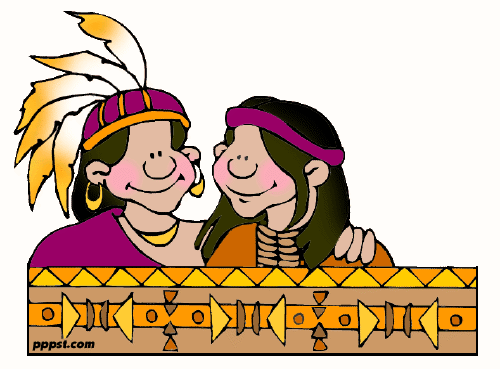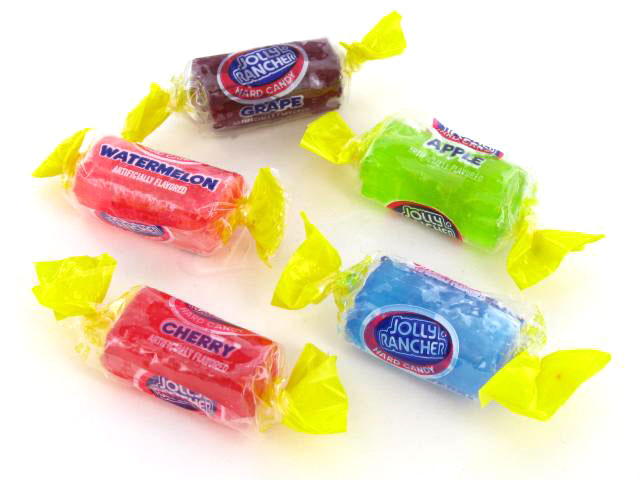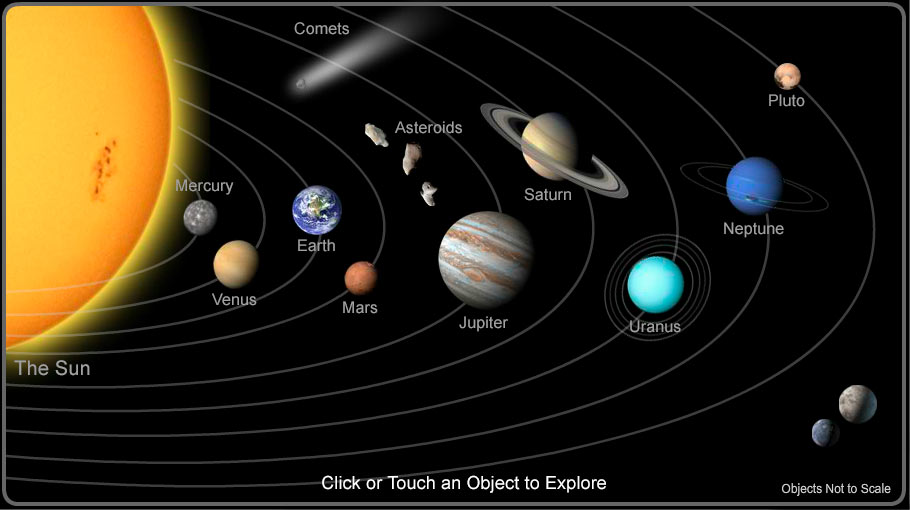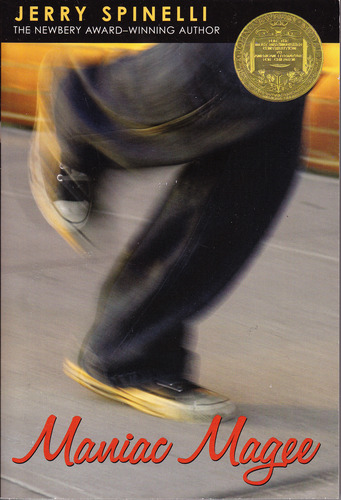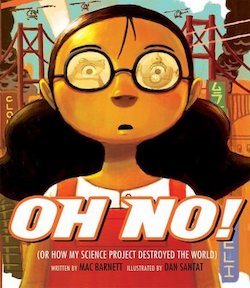Enabling students to succeed and making a positive difference in
the lives of students are my two main goals as an educator. My philosophy on
education will ultimately help me achieve those objectives.
As a teacher, my main purpose is to help students improve. In order to help students succeed, several
factors are needed. It is important to
engage students and make them excited to learn. My goal is to get students
motivated, which could be through the incorporation of hands-on activities,
educational games, interactive projects, peer interactions, technology, or eye-opening
anticipatory sets. Also, including student interests or real-life situations
into instruction keeps students engaged. Incorporating these ideas will give
students a purpose for learning. It is
essential to make learning fun for students so they will enjoy coming to school
everyday.
It is also important to aid students in becoming better critical
thinkers and questioners. In Pedagogy of the Oppressed, Paulo Freire
discusses the problem-posing method,
which enables creativity, dialogue, and critical thinking. In the problem-posing
approach, students and teachers work together and create a dialogue. Students
propose questions along with teachers. The teacher does not strictly tell
students the answers; rather, helps them think through the process. Students have more freedom to think, yet
still receive teacher assistance. This leads to critical thinking skills, which
students need in order to succeed.
Utilizing the problem-posing method is a large part of my teaching
philosophy because of the skills it develops.
Using dialogue in a classroom also consumes my philosophy of
teaching. Dialogue within a classroom
leads to engagement, motivation, and critical thinking, but also helps with
development. Students become increasingly dependent on each other for emotional
support, validation, and information. Learning is a social behavior, as social
development is the foundation for intellectual, emotional, and physical health
(Johnston, 2012, p. 67). Students need
to be social because it benefits their development; thus, teachers need to
establish learning environments where the main focus is on student-to-student
interaction (Purnell, 2007, p. 35).
Teachers should implement discussions, think-pair-shares, and group work
whenever possible. To help create this
student-centered environment, teachers should implement the pedagogical
strategy of a dialogic classroom.
Teachers need to make sure that their classrooms are
student-centered, or student-friendly. Student-centered
classrooms are vital. Teachers must create a safe environment where students
feel comfortable, safe, respected, and heard (Cambria & Guthrie, 2010, p.
17). Student-centered learning focuses on the needs of the students,
rather than others involved in the educational process. Student-centered
classrooms should include a safe environment for the students so they feel
comfortable working with their peers or sharing their work. Students can learn
a lot of from their peers and also build ideas off each other, making it
important to incorporate discussions, peer work, and group activities into the
classroom. In addition, creating a
caring, well-structured learning environment in which expectations are high,
clear, and fair, will lead to more engagement (High & Andrews, 2009, p.
61). A safe environment will open the doors
for all students to participate.
Differentiation is also a large part of my teaching philosophy
because it sets up success for every student in the class. Differentiated
instruction tailors teaching to meet the needs of individual students. It
is essential to provide effective strategies and methods that work for all students,
which can be done through the use of differentiation. Differentiation not only meets the needs of
all learners, but also motivates students to work hard. It is key to use numerous
strategies that appeal to various types of learners. A wide variety of teaching styles will help
reach all individuals.
By engaging students, using the problem-posing method, incorporating
dialogue, and providing a student-centered classroom, students will be able to
receive the best education. In result, students will become stronger, which is
the ultimate goal of education. All of
these strategies will lead to a positive difference in the lives of students.






